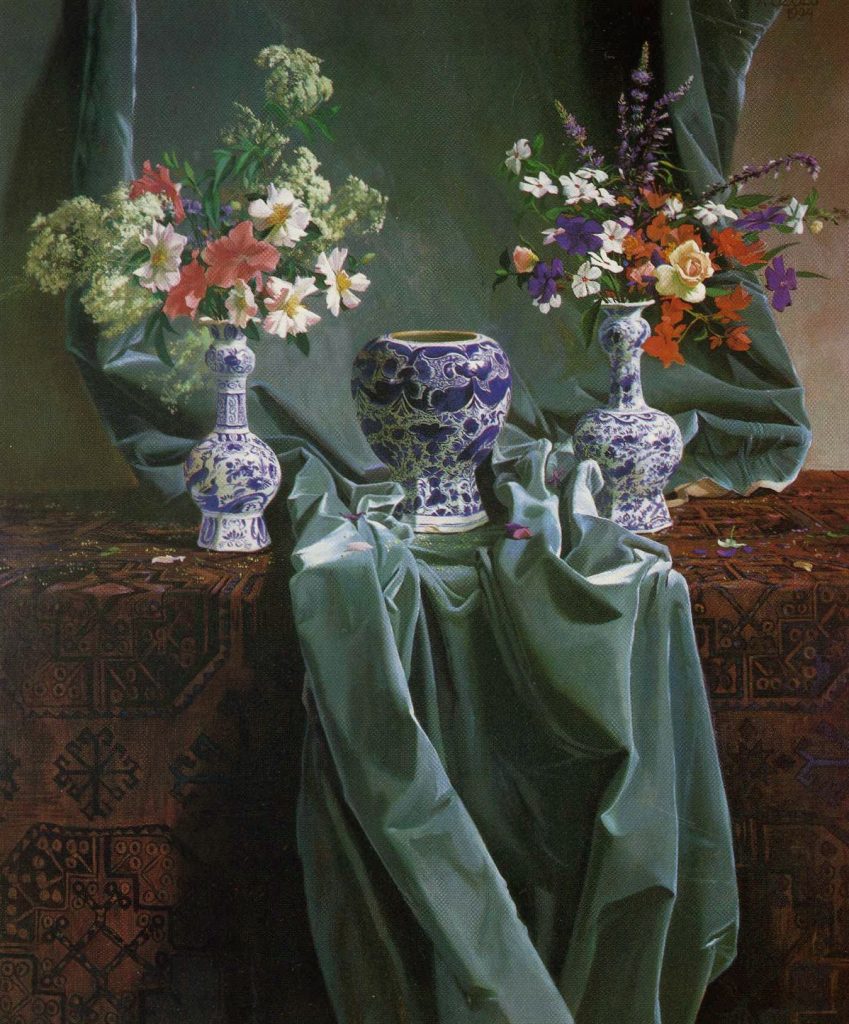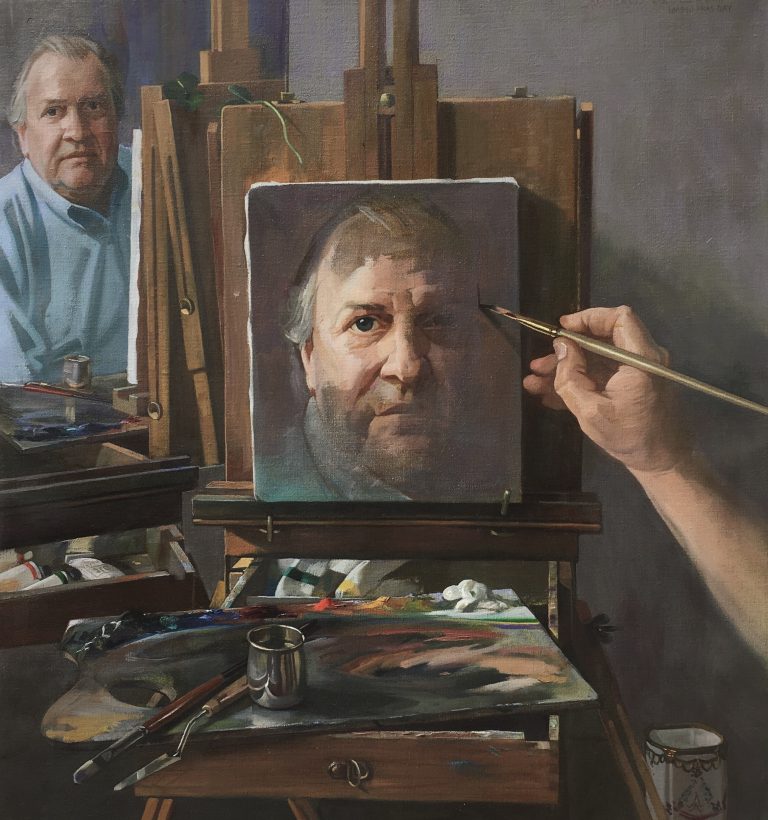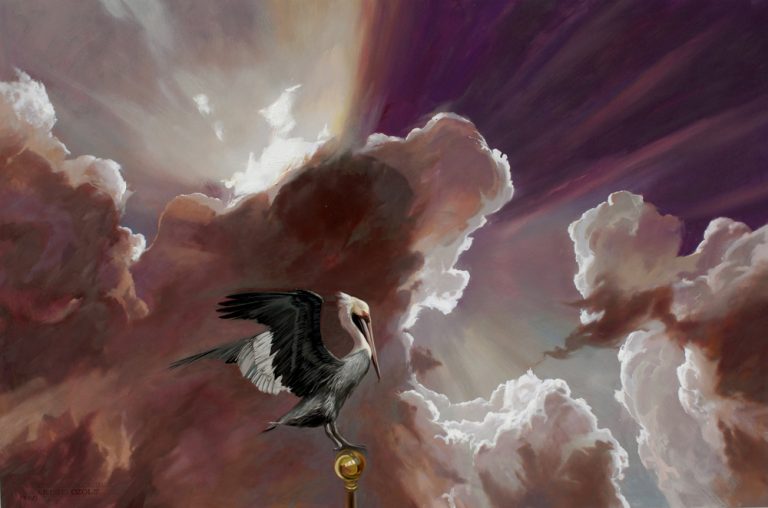
A colleague recently mentioned a quotation by Anthony Trollope https://trollopesociety.org, Victorian novelist: I see you are of the old school, comfortable with conventional falsehoods, to be creative one must depart from the old rut, which inspired this dive into why preservation and education regarding historical techniques and processes in the visual arts are relevant today.
Despite almost a century of arguments regarding the death of painting, a re-investigation of its potential has been ongoing. Among others, the Museum of Modern Art in New York explored it not long ago with, Forever Now: Contemporary Painting in an Atemporal World from 2015; and The Tate Britain in London with its 2018 exhibition All Too Human: Bacon, Freud, and a Century of Painting from Life. These exhibitions and others demonstrated an attention to traditional processes of painting by contemporary working artists. Art communities, organizations, institutions and individuals are actively seeking out avenues for engagement with these historical approaches. Why ?
The simplest way to answer this question is that it is vital to remember those who do not learn history are doomed to repeat it, and that learning ancient languages, including those communicative visual languages of the arts inform progress, education, and culture.
Latin is still taught in schools-although not a spoken language any longer it is still relevant for many reasons. The same can be said for traditional techniques in painting, drawing, or sculpture. These techniques in the visual arts lay the groundwork for an artist to experiment and launch their own creative and informed voice built on knowledge, understanding, and practice.
Our vision at the Ozols Collection includes the thought that ancient techniques in visual arts education provide a vital structure in which history, technique, and practice are understood. Understanding basic building blocks, alphabets, and logic related to the arts allows the greatest possible potential for departure from them.
This idea underpins projects and analysis for work from Ancient Greece and Classicism to the most abstract and elusive contemporary statements. Identifying connections through a tangible framework or visual language offers infinite opportunity for artistic communication and connection. The expression of individual voice, conversation with history, and interaction with global culture provide invaluable exposure.
The relationship between these histories and contemporary practice highlights a distinct poetry within the process of art-making that fosters universal connection while maintaining diversity.


